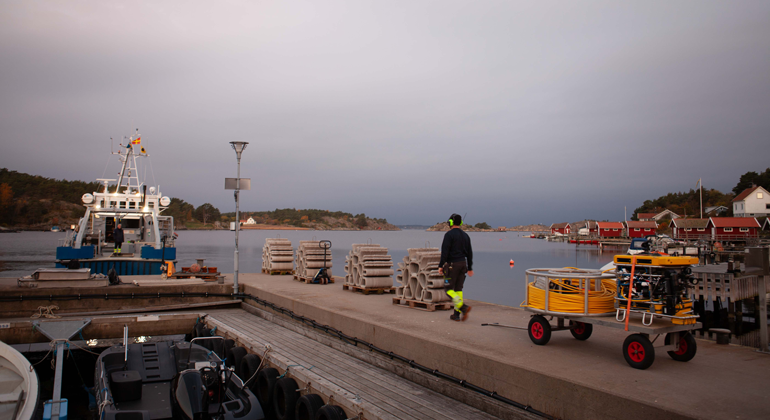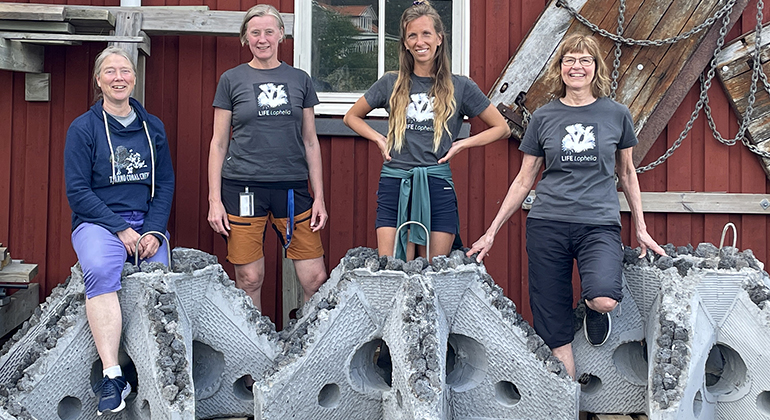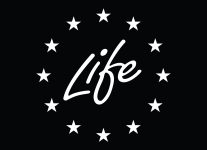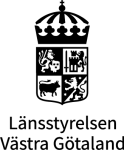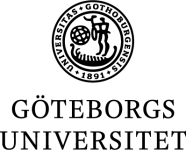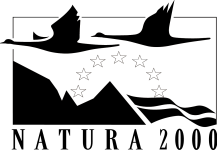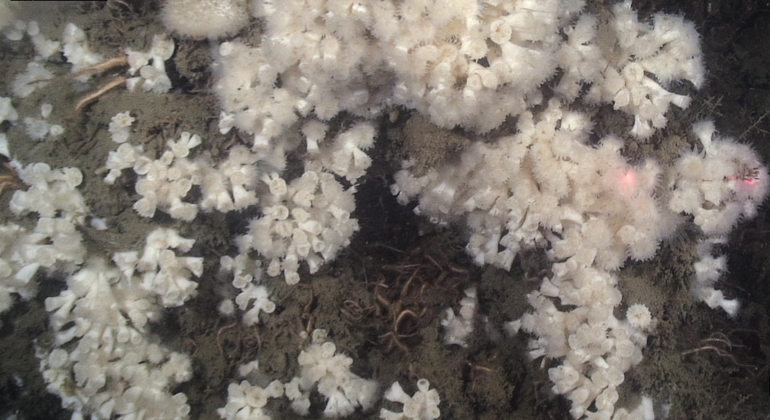
Time for the final conference!
The LIFE Lophelia project is now in its sixth and final year and it is time for the final conference on September 2-3, 2025. The conference will be held at Tanumstrand just outside Grebbestad, on the Swedish west coast.

